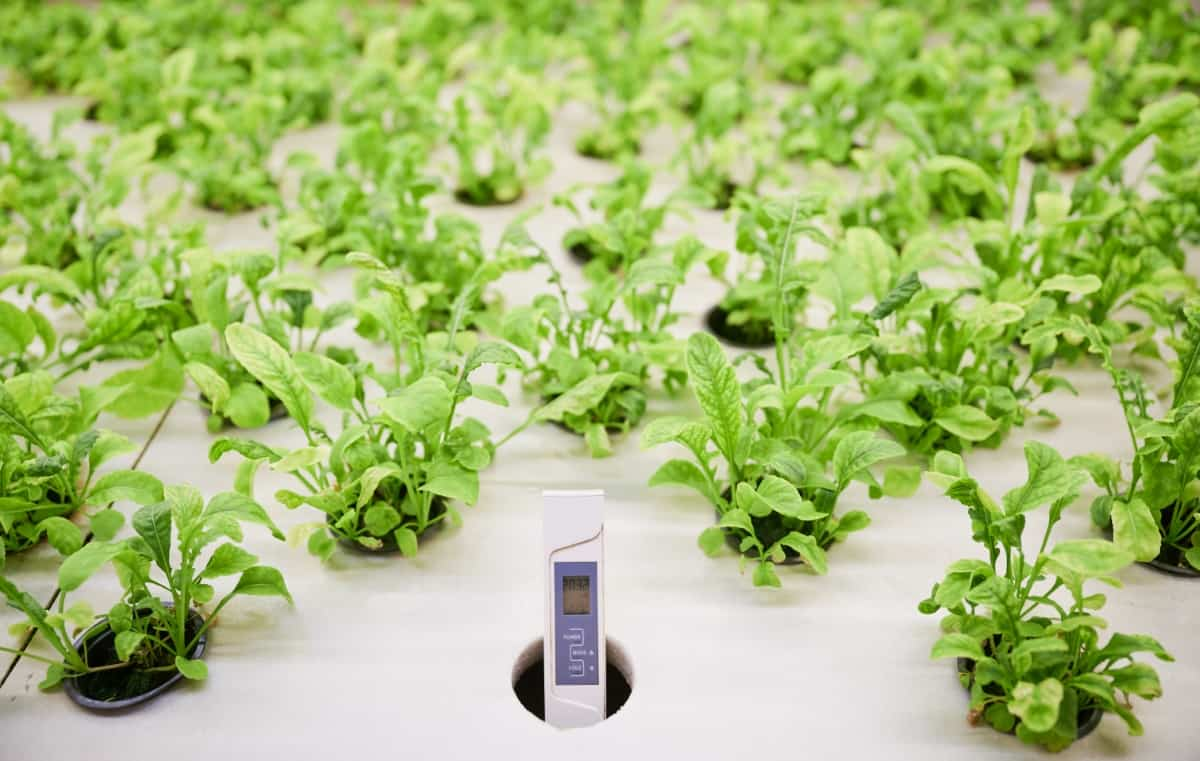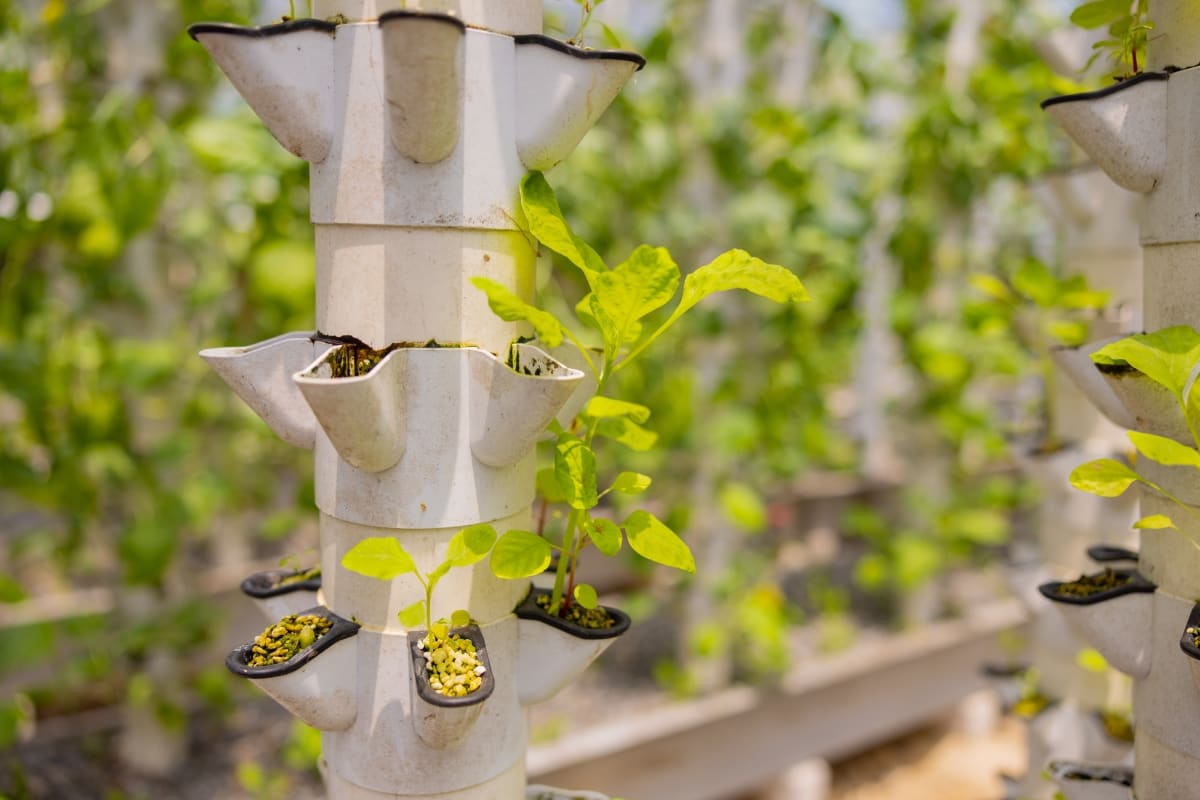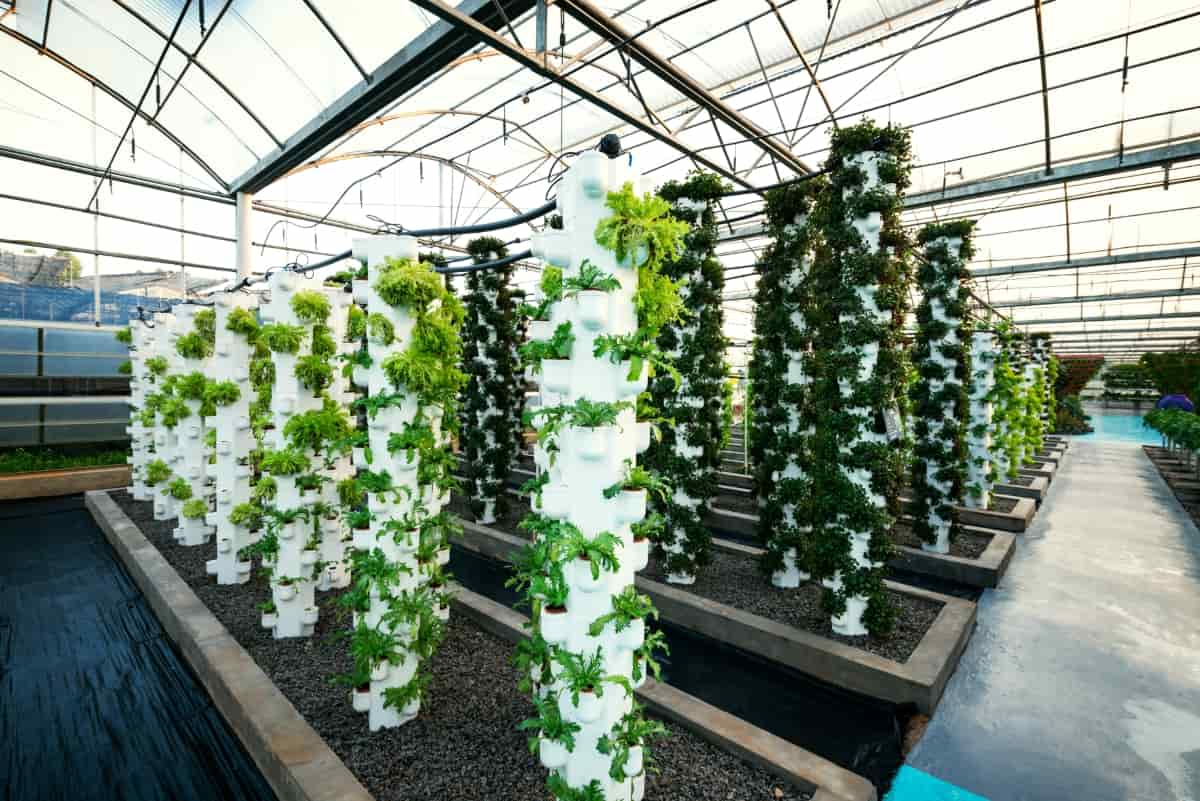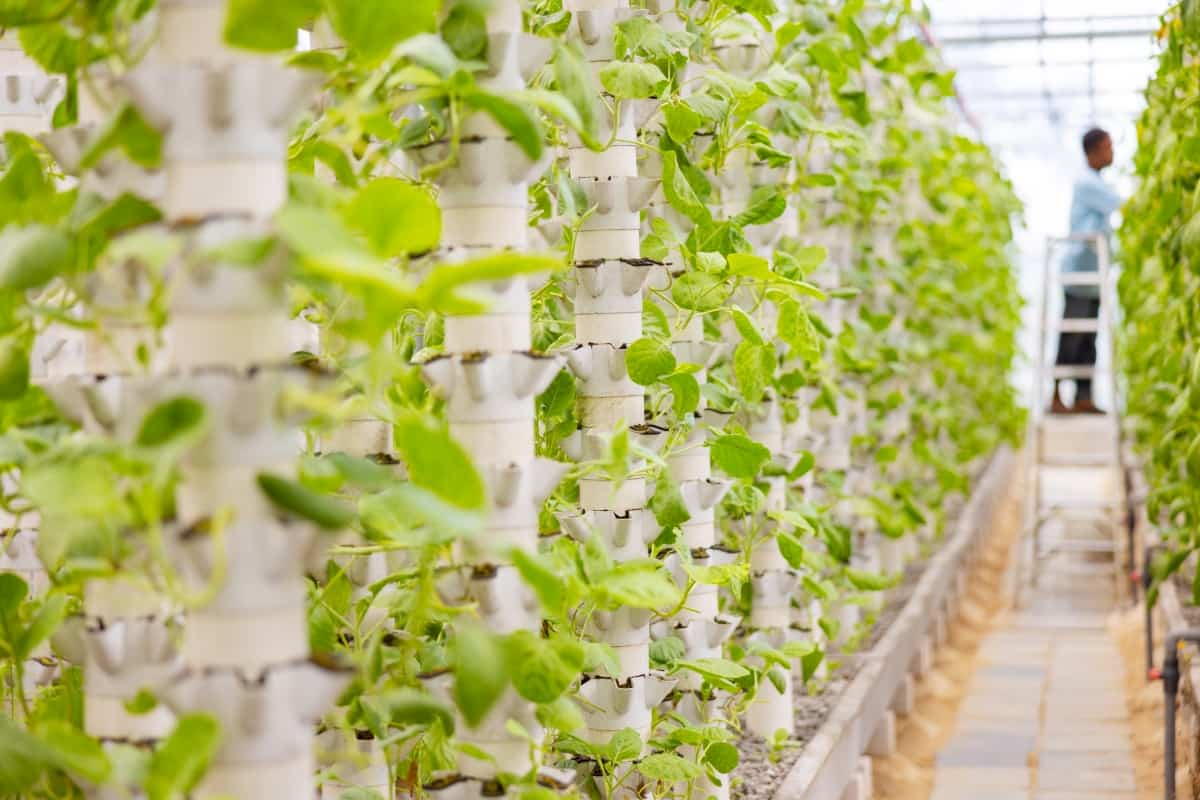Proper nutrient management is crucial for the success of your Tower Garden. By understanding the needs of your plants and following best practices for mixing nutrients, you can ensure that they receive the essential elements they require to thrive.

Nutrient Management for Tower Gardens
Choosing the Right Nutrients for Your Tower Garden Farm
Choosing the right nutrients for your Tower Garden farm is a crucial step in ensuring healthy plant growth and maximum yield. When it comes to choosing the best nutrients for your Tower Garden, there are a few key factors to consider. Different plants have varying nutrient requirements, so it’s important to choose a formula that meets their specific needs. Whether you’re growing leafy greens, herbs, or fruit-bearing crops like Tomatoes or Peppers, there are specialized nutrient blends designed to support their growth.
Importance of Nutrient Ratios and Concentrations
When it comes to nutrient management for your Tower Garden farm, understanding the importance of nutrient ratios and concentrations is crucial. Each plant has specific nutrient requirements, and providing the right balance is essential for optimal growth and productivity. The Tower Garden nutrient recipe is the secret sauce for growing healthy and thriving plants in your vertical farm. One popular organic nutrient solution tower garden is compost tea.
Nutrient ratios refer to the proportion of different elements in a fertilizer solution. These elements include macronutrients like nitrogen, phosphorus, and potassium, as well as micronutrients such as iron and manganese. The correct Nutrient ratios for Tower Garden ensure that plants get all the necessary nutrients in appropriate amounts.
Concentration, on the other hand, refers to the strength or dilution of the nutrient solution. It is important to measure and maintain proper concentration levels because too little or too much can have detrimental effects on plant health. Regular testing of your reservoir will help you determine if adjustments are needed.
Preparing the Nutrient Reservoir
When it comes to nutrient management for your Tower Garden farm, one crucial step is preparing the nutrient reservoir. This is where you mix your chosen nutrients with water to create a solution that will provide essential elements for plant growth. To start, make sure you have a clean and sanitized reservoir. Any residue or contaminants can affect the health of your plants. Once clean, fill the reservoir with fresh water, leaving enough room for the nutrient solution.
Mixing the Nutrients with Water
Tower Garden nutrient mixing with water is a key step in ensuring your plants receive the proper nourishment they need to thrive. To start, fill your reservoir with clean, filtered water. Once filled, it’s time to add the nutrients. Follow the manufacturer’s instructions carefully and measure out the recommended amount of each nutrient. To mix your DIY Tower Garden nutrient solution, start by dissolving the base minerals in water according to package instructions.
It’s crucial to measure accurately, as too much or too little can harm your plants. Once dissolved, adjust the pH level using pH-up or pH-down solutions until it reaches an optimal range for your specific crop. When mixing, always add one nutrient at a time while stirring continuously. This will help ensure an even distribution of all essential elements throughout your solution.
In case you missed it: Vertical Farming with Tower Farms in Italy

Be gentle when stirring to prevent excessive foaming or splashing that could lead to inaccurate measurements. After adding all necessary nutrients, allow them to dissolve fully before testing and adjusting their levels if needed. Regular monitoring is key here – check pH levels regularly using a reliable meter or test kit and make any necessary adjustments by adding pH up or down solutions.
Monitoring and Adjusting Nutrient Levels
Providing the perfect nutrient mix for vertical farming requires careful attention and ongoing monitoring. It ensures that plants receive the right amount of nutrients to support their growth and development. Regular monitoring allows you to assess the nutrient levels in the reservoir, identify any deficiencies or excesses, and make necessary adjustments. To monitor nutrient levels, you can use an electrical conductivity meter or a pH meter. These tools help measure the concentration of nutrients in the solution and determine if it falls within optimal ranges.
Maintaining proper nutrient ratios is vital, as imbalances can cause plant death. Adjusting nutrient levels involves adding more concentrated nutrients or diluting them with water, depending on your readings. Start by making small changes and retest until desired levels are reached. Tower Garden’s nutrient schedule can vary depending on the stage of growth and specific plant requirements.
Maintaining Proper pH Levels
One crucial aspect of nutrient management in Tower Gardens is maintaining proper pH levels. The pH level tells the acidity or alkalinity of your nutrient solution. It directly affects the availability and absorption of nutrients by your plants. To ensure optimal plant growth, you regularly monitor and adjust the pH level regularly. A range between 5.8 and 6.2 is ideal for most plants grown in hydroponic systems like Tower Gardens.
When the pH level deviates from this range, it can cause nutrient deficiencies or toxicities as certain nutrients become less available or more concentrated. This imbalance can stunt plant growth and reduce overall productivity. To maintain proper pH levels, you may need to use a pH meter or test kit to measure the acidity/alkalinity accurately.
Proper Aeration and Agitation of Nutrient Solution
Proper aeration and agitation of the nutrient solution in your Tower Garden farm are vital for ensuring optimal plant growth. When the nutrients are mixed with water, they need to be well-oxygenated to provide sufficient oxygen to the roots. To achieve proper aeration, you can use an air pump or air stone in your nutrient reservoir.
These devices create bubbles that continuously agitate the solution, keeping it well-oxygenated. The movement of the solution also helps distribute nutrients evenly throughout the system. Adequate aeration and agitation also help prevent algae growth in your Tower Garden. Algae thrive in stagnant water, but providing constant movement disrupts their growth cycle.
Regular Maintenance and Replacement of Nutrient Solution
Regular maintenance and replacement of nutrient solutions are crucial for the health and productivity of your tower garden. As plants absorb nutrients from the solution, their levels can become depleted over time. To ensure optimal growth, it’s important to monitor and replace the nutrient solution regularly. One key aspect of regular maintenance is checking the nutrient levels in your reservoir.
When it comes to replacing the nutrient solution, it’s recommended to do so every 1-2 weeks. This ensures that your plants always have access to fresh and balanced nutrients. Before adding a new solution, make sure to clean the reservoir thoroughly to prevent any buildup or contamination.
In case you missed it: How to Grow Cauliflower in Aeroponic Towers

In addition to replacing the entire solution, you may also need to top up with water between changes. Evaporation and plant uptake can lead to a decrease in volume, so monitoring water levels is important. Remember that maintaining proper pH levels is essential for nutrient availability and absorption by plants. Regularly test and adjust pH as necessary using appropriate solutions or additives.
Diagnosing Nutrient-Related Issues
When it comes to nutrient management in Tower Garden farm, it’s important to be proactive in identifying any issues that may arise. By closely monitoring your plants and being aware of their nutrient needs, you can catch potential problems early on. One common issue is nutrient deficiency, which manifests as yellowing or discoloration of leaves. A lack of specific nutrients such as nitrogen, phosphorus, or potassium can cause this.
By observing the symptoms and comparing them to deficiency charts or guides, you can pinpoint the problem nutrient and make the necessary adjustments. On the other hand, over-fertilization can also occur if nutrient concentrations are too high. This often leads to leaf burn or necrosis. Adjusting the concentration levels accordingly will help alleviate this issue.
Additionally, pH imbalances can impact nutrient availability for plants. If pH levels are too high or too low, certain nutrients may become locked up in the soil or hydroponic solution, making them inaccessible to plant roots. Another factor to consider is water quality. Poor water quality with high mineral content or heavy metals can negatively affect plant health and nutrient uptake. Conducting regular water tests will help identify any potential issues related to water quality.
Optimizing Plant Growth with Proper Nutrient Management
Proper nutrient management is crucial for optimizing plant growth in Tower Gardens. One key aspect of proper nutrient management is understanding the needs of different plant varieties. Each type of plant requires a different combination of nutrients to thrive. Researching and selecting the appropriate nutrient blend for your crop will set a solid foundation for success.
Another important factor to consider is the timing and concentration of nutrients applied. Regular monitoring and adjustment are vital for maintaining optimal nutrient levels in Tower Gardens. Regularly check pH levels and adjust as necessary to keep them within the recommended range for your crops. Additionally, monitor electrical conductivity levels to ensure that nutrient concentrations are maintained at suitable levels.
In case you missed it: How to Grow Leeks on Tower Gardens: Step-By-Step Guide for Beginners

Conclusion
Nutrient management is a crucial aspect of maintaining a successful Tower Garden farm. By choosing the right nutrients and maintaining proper ratios and concentrations, you can provide your plants with the essential nutrients they require to grow. By implementing these practices for nutrient management in your Tower Garden farm, you can optimize plant growth while minimizing waste. The result will be healthier crops with higher yields—making your tower farming venture even more rewarding.
- How to Grow Hibiscus from Flower
- Plantation Ideas for Home Decoration: A Beginners Guide
- Flower Garden Designs and Layouts for Beginners
- Planting and Spacing Techniques in Papaya: A Beginner’s Guide
- Growing Gold: Essential Techniques for Planting Pineapples
- How to Make Kalanchoe Plant Bushy: Home Remedies and Solutions
- 11 Reasons Why Your Gardenia is Not Blooming: Home Remedies and Solutions
- Eco Elegance: The Guide to Designing a Drought-Tolerant Landscape
- Gardening on a Slope: Strategies for Hillside Landscaping